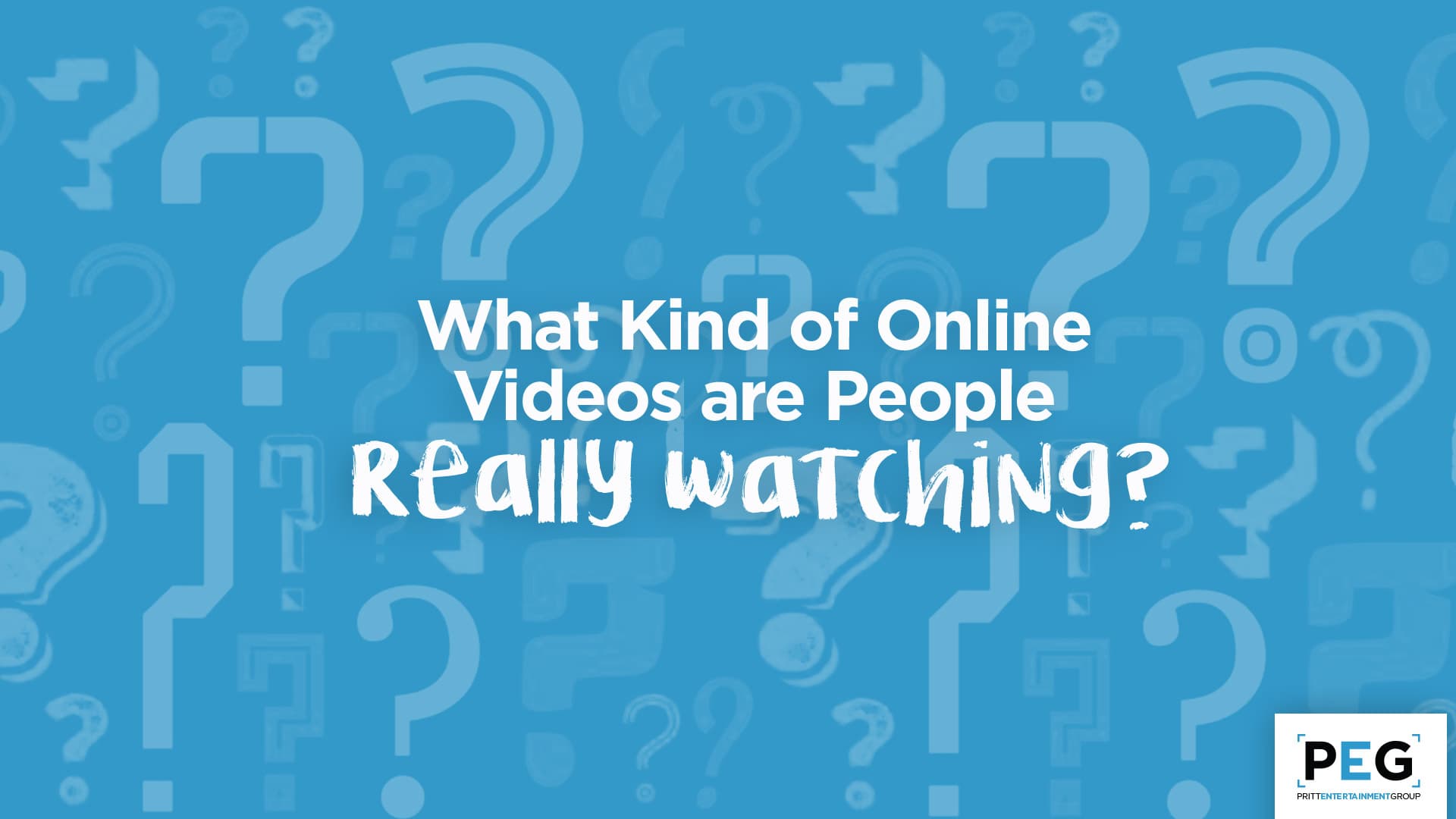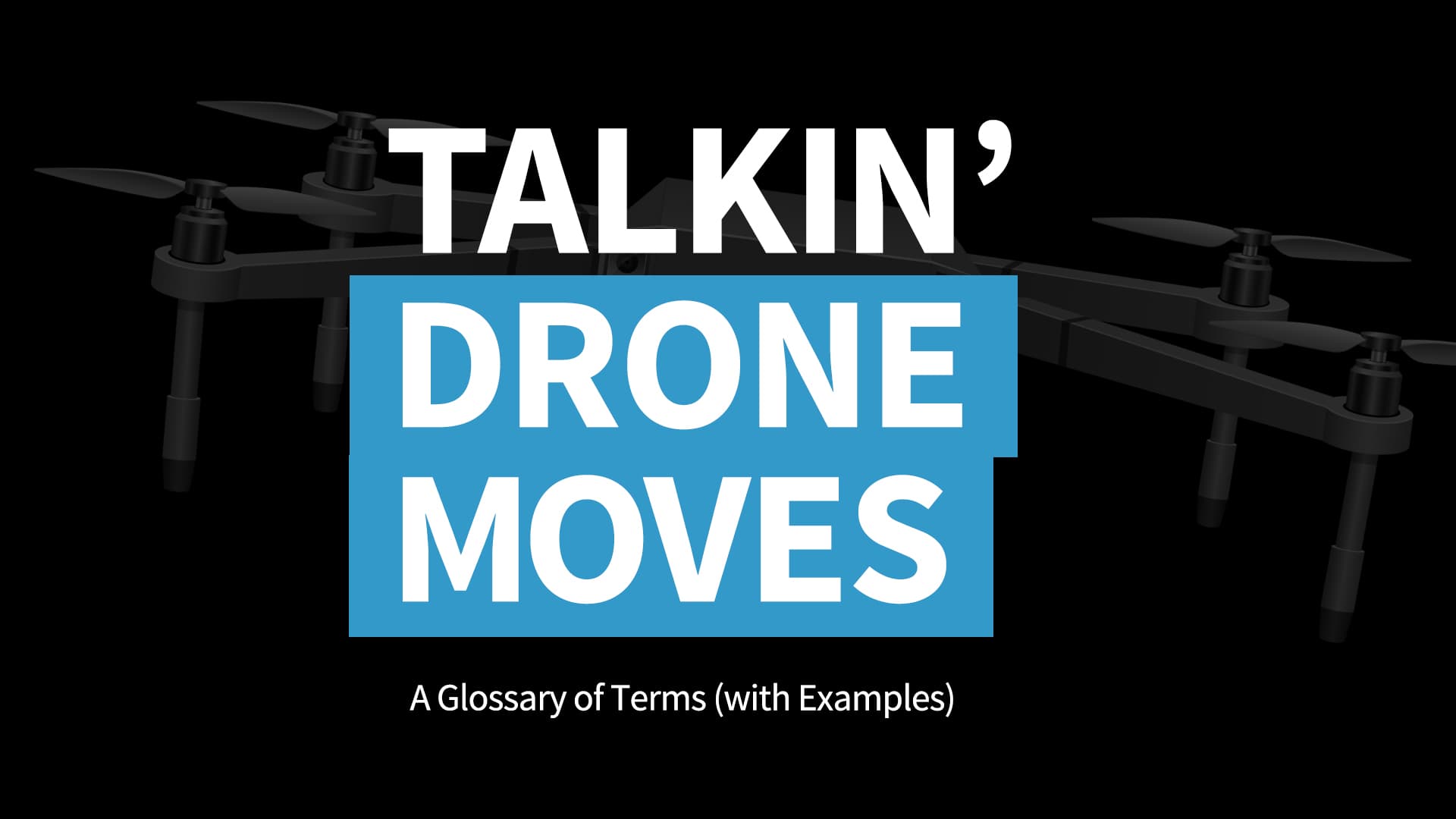Video Content By Social Channel
Video content is everywhere these days. And it's easy to want to post things on every social channel, but is that always the best place for it? Let's take a quick look at each platform and what kind of video people are going there for.

Facebook is one of the oldest on this list and, while it has definitely transformed a lot over the years, probably still one of the most used. It is full of both person accounts and business accounts, which means there is a lot of different content happening. But the one thing that it has in common - that "share" button is easy to access. Everything from cute animals to cooking videos, news stories to movie clips, video is everywhere on Facebook and its being shared by everyone from your co-workers to your great aunt. Creating something "share-worthy" isn't the easiest thing to just accomplish on your first try, but really taking into consideration what types of things people want to share with their friends and is a good place to start. Over the last few years, Facebook has added video-friendly features like the ability to go live on your page, schedule and premiere videos and even introduced Facebook Watch. Watch is Facebook's own video streaming area that combines videos from feeds and specific, exclusive content created for Watch.

Instagram is all about the visuals - which makes it a great home for video content. It is one of the few platforms where the way it looks might out rank the actual content in most cases. No matter how far it comes, it is still a land of filters, so make it pretty! And don't forget to hashtag it well! Instagram has jumped on some video bandwagons with things like Stories, IGTV and Reels - all of which sort of do what platforms do with video, just all inside the Instagram app. All these things together, though, create a great place to tell stories and even sell products. Ability to incorporate ads and make it a complete shoppable experience has almost turned Instagram into a modern-day, digital catalog. Throw that in with a platform filled with influencers and celebs, and well you have a successful place for products.

LinkedIn. The professional friend in this group. Obviously most of the content in here is focused on jobs, company/professional news and and learning. Someone told me recently they liked that LinkedIn was a bunch of people congratulating each other on accomplishments. And it's not that far off. It is a platform that generally stays clear of the chaos you might find on other sites - which can be a refreshing break. Like big business, however, it is not always the most forward thinking or groundbreaking when it comes to features and video integration - but its getting there! It does allow native video uploads and YouTube links show up pretty well in most instances. It even allows some people to go live and and while it isn't available to just anyone yet, it's only a matter of time.

Speaking of platforms that aren't great at video, we have Twitter. It is a platform that was founded on words and has definitely been slower on the image and video features. While you can post natively, you can only upload videos under 2:20 and under 512 MB. That doesn't give you a ton to work with, but you can easily post links to other platforms like YouTube pretty easily. Content on Twitter has always been, and continues to be, on the newsier and more topical side compared to most other platforms.nIt's fast-moving and it takes a lot to really stand out, so video is a good way to break through and get attention here if done well.

TikTok
TikTok might be new kid on the scene, but it's certainly come on strong. These quick, easy-to-digest videos have done in 2020 what YouTube did in the early 200s. It made video creation more accessible to the masses. While maybe not as highly-produced as some of the other platforms, TikToks in-app tool and features gave people a lot of flexibility and encouraged creativity, collaboration and sharing. Unlike most platforms that encourage you to stay on their app/site, TikToks are are really easy to share on almost every platform - including the ones above. Some important things to remember when making your TikToks? Trends, trends, trends is #1. and #2 is remember that it's all done in a 9x16 or vertical phone format.

YouTube
Some people might not see this as a social platform, but it is where most of the internet's video content lives. And for good reason. First, YouTube has been doing video longer than any of these other sites, so it knows video best. It allows for the highest-quality videos (Hooray for HD) and length is really not an issue. It's the perfect place for longer-form content, series and even - whether true live or Premieres - live events. Plus, with the rise in CTVs (Connected Televsions), a television with built-in internet access, more and more people are watching YouTube right on their TVs. It's no longer limited to computer or phone screens, it's huge! Between the Gen-Z crowd who grew up on YouTube and the amount of people are cutting cords and ditching cable, YouTube is a prime place for top-notch video entertainment.
Now obviously there is content that will work across the board. Great content is just great content. But sometimes it helps to look at why people are going to each platform to think about what kind of video they might want to see. Plus, you want to make sure the platform has the right capabilities and features to make your message shine.
From there, get creative, produce something amazing and make the most of all those platforms out there!



